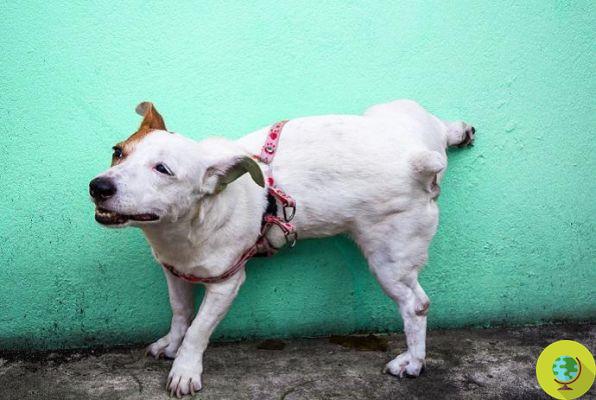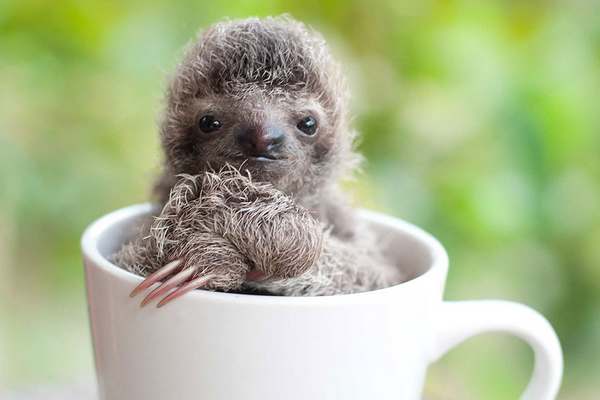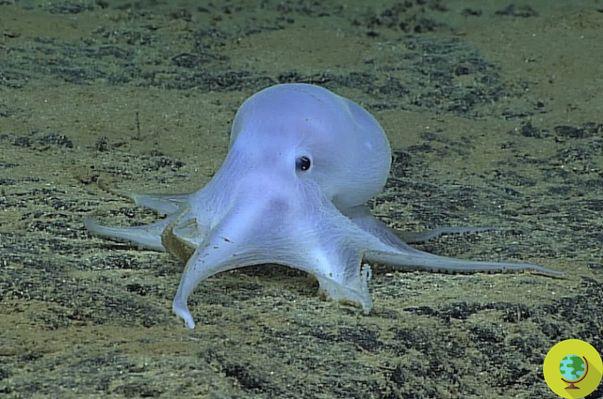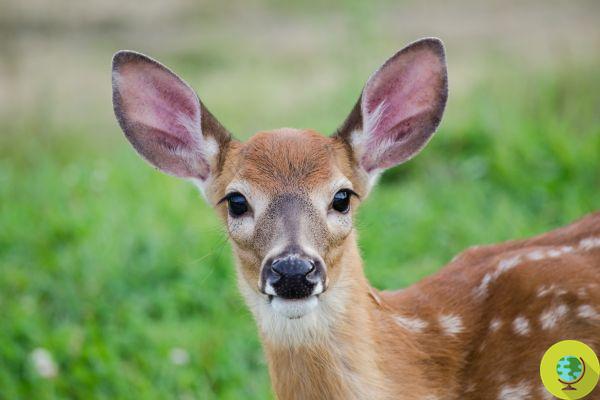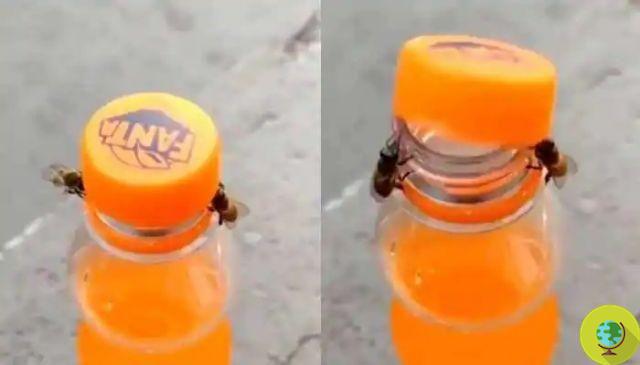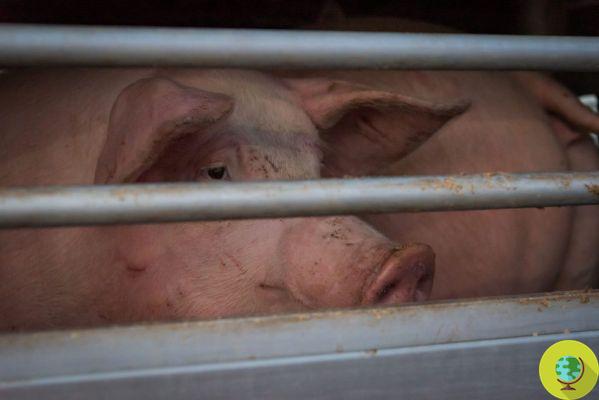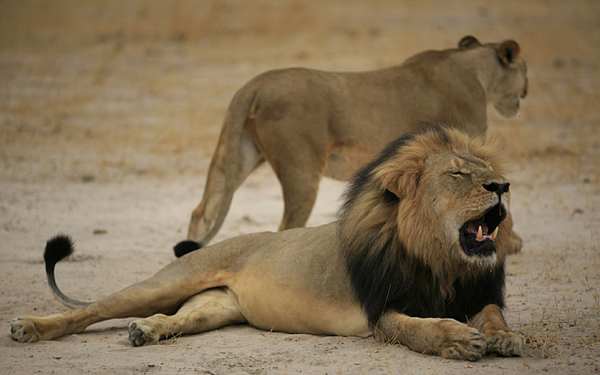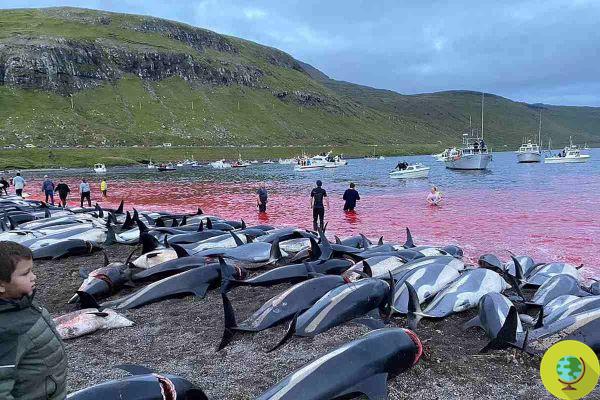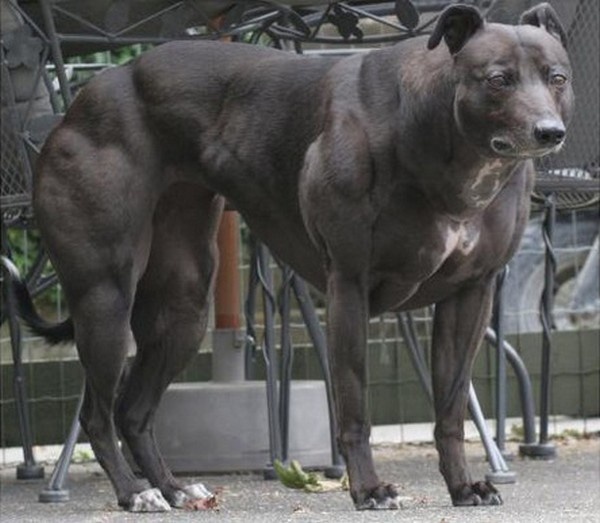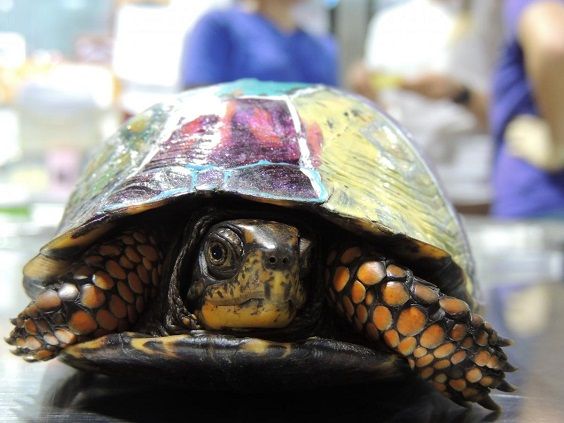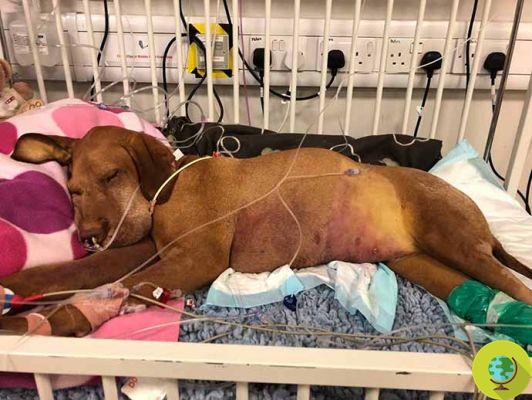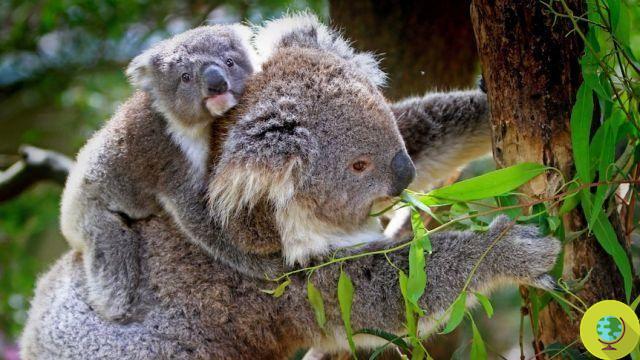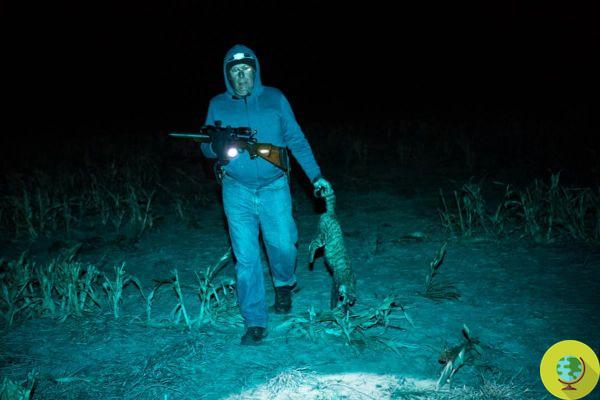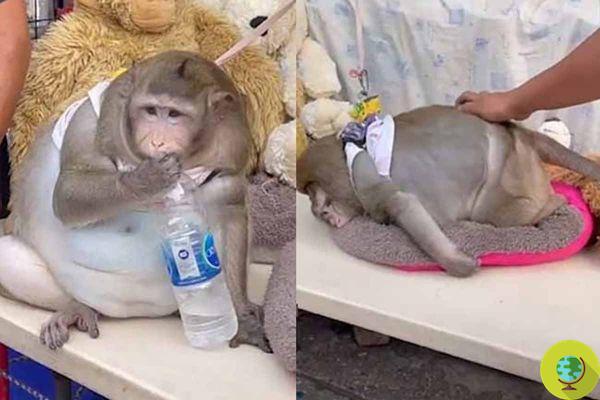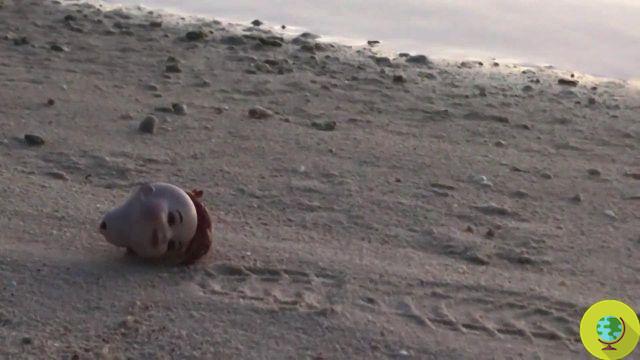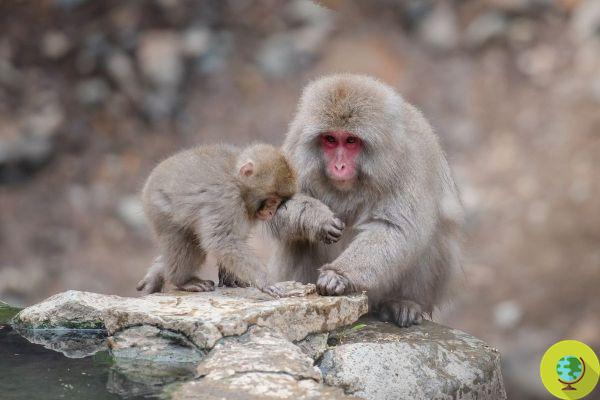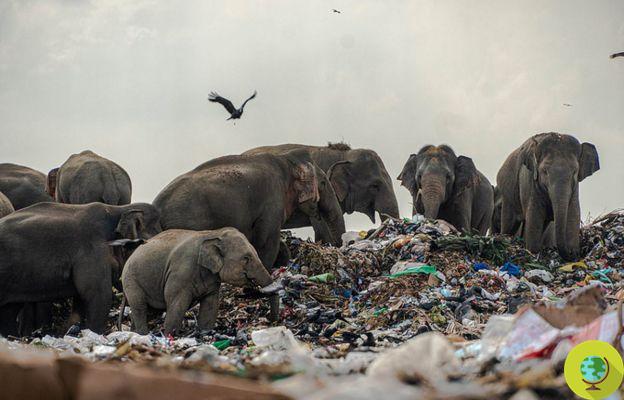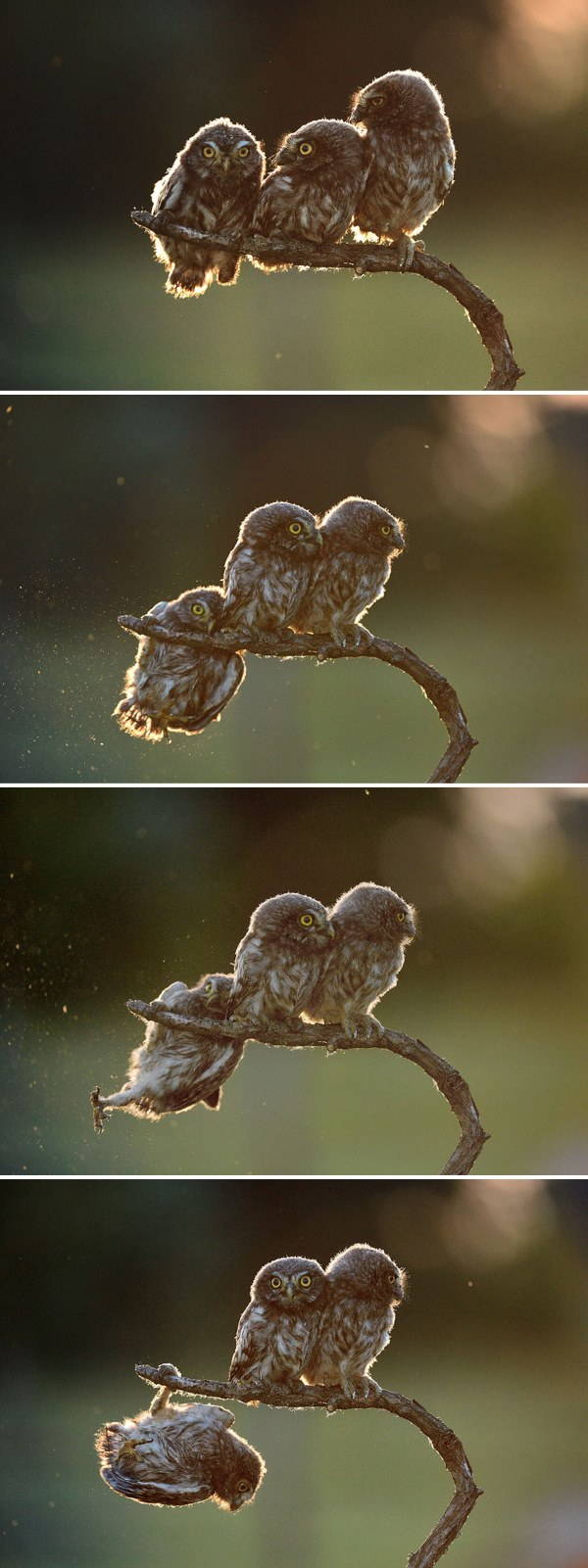More than 47 live animals for sale in Wuhan markets in the 2 and a half years before the first cases of Covid-19 were reported in the city
He is about to end up run over, his mother saves himNot a few hundred, but more than 47 live animals were on sale in Wuhan's markets in the two and a half years before the first cases of Covid-19 were reported in the city at the end of 2019. turn the risks of diseases deriving from this type of markets, which are common in China.
An article published in the open access journal Scientific Reports documented that 47.381 individuals of 38 species, including 31 protected species sold between May 2017 and November 2019, were sold in the Wuhan markets, in conditions - needless to say - of very poor hygiene.
Read also: The origin of Covid-19 is animal: how the jump of species from bats to pangolins could have happened
Many of the earliest cases of human Covid-19 infection were linked to Wuhan's Huanan fish market, initially identified as the place where SARS-CoV-2 first passed to humans.
Despite this, some early infections would have been linked to other markets in Wuhan, where a separate SARS-CoV-2 lineage was also detected, raising the possibility that the spillover occurred much earlier, likely through wildlife trafficking.
A joint WHO-China study released in late March said there were no verified reports that live mammals were for sale in the Huanan market in 2019, although it added that there was evidence that they had been sold there in the past.
Read the study here: Wet market: WHO enters Wuhan wet market for the first time
Although it has been speculated that SARS-CoV-2 may have leaked from a Wuhan laboratory studying coronaviruses, it is still widely believed that it originated in bats, with the closest natural match found in a cave in Yunnan.
The joint WHO-China study said it is very likely that it entered humans via an intermediate species, primarily via pangolins.
The new paper, written by researchers from China, Britain and Canada, says there is no evidence that live bats or pangolins were sold in Wuhan, but that minks, raccoon dogs, squirrels and foxes were all available.
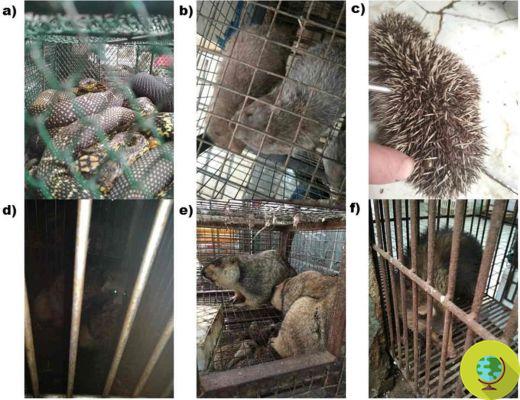
©Scientific Reports
After the first COVID-19 outbreak in Wuhan, China cracked down on wildlife trafficking and closed captive markets and breeding facilities, though it still allows some animals to be raised for fur or traditional Chinese medicine. .
Ultimately, changing consumer attitudes is key to reducing custom and all risks of live markets in China. Efforts to stem trade in species such as elephants for ivory, rhinos for horns, or tiger bones have recently achieved modest success and have attracted global media attention and public concern. But it is still too little: the attempts to dissuade people from consuming this type of products are still insufficient.
If not closed, the vast majority of these markets in China and around the world that sell live animals need to be better regulated and sanitation improved.
Fonte: Scientific Reports
Read also:
- In China, a case of a man infected with H5N6 avian reopens the question of live markets (never resolved)
- Stop Wet Market! Now the UN is also calling for a worldwide ban on wet markets
- We close the wet markets forever! The petition with the shocking images of Asian wet markets
- Coronavirus: There are also Australian koalas among the animals sold in the wet market outbreak of the virus




